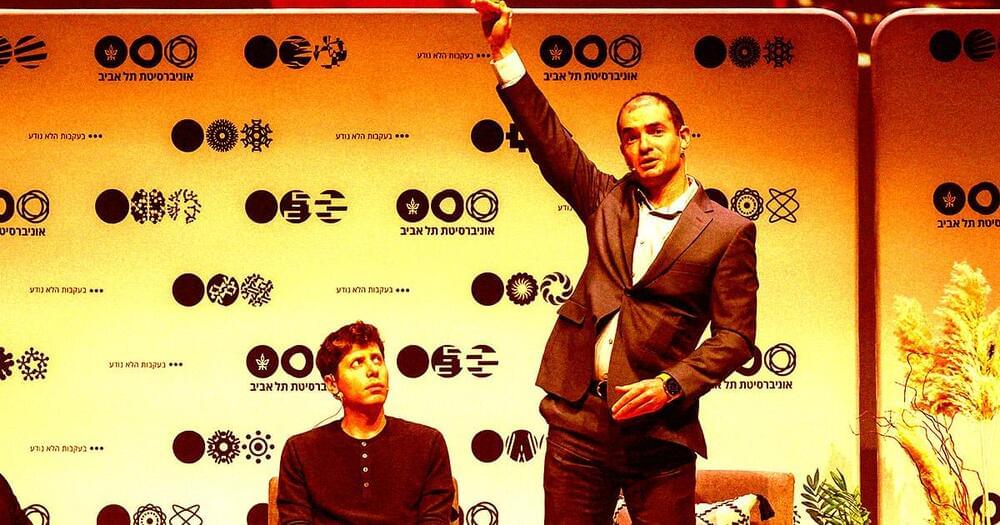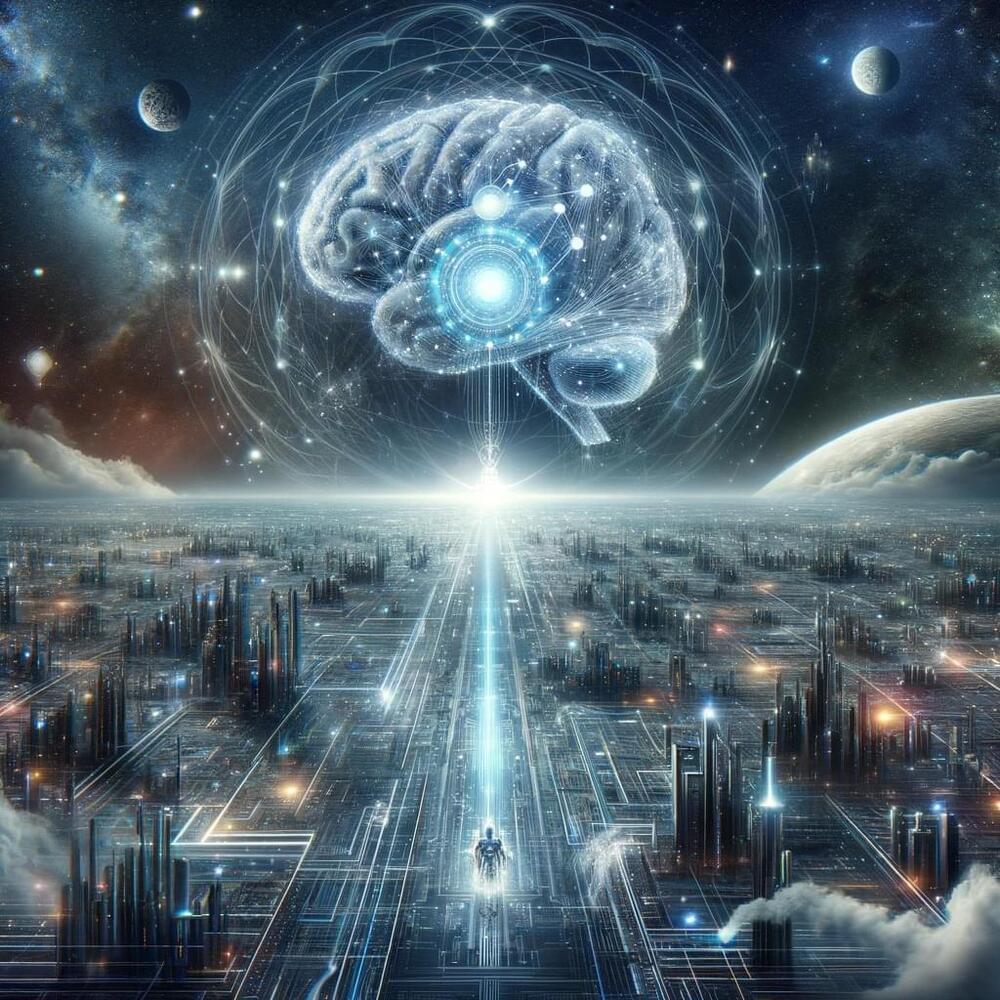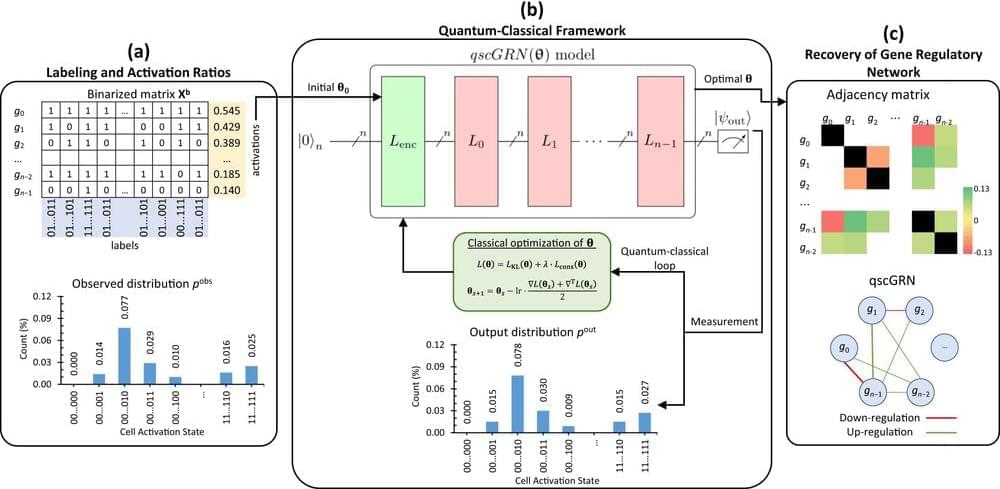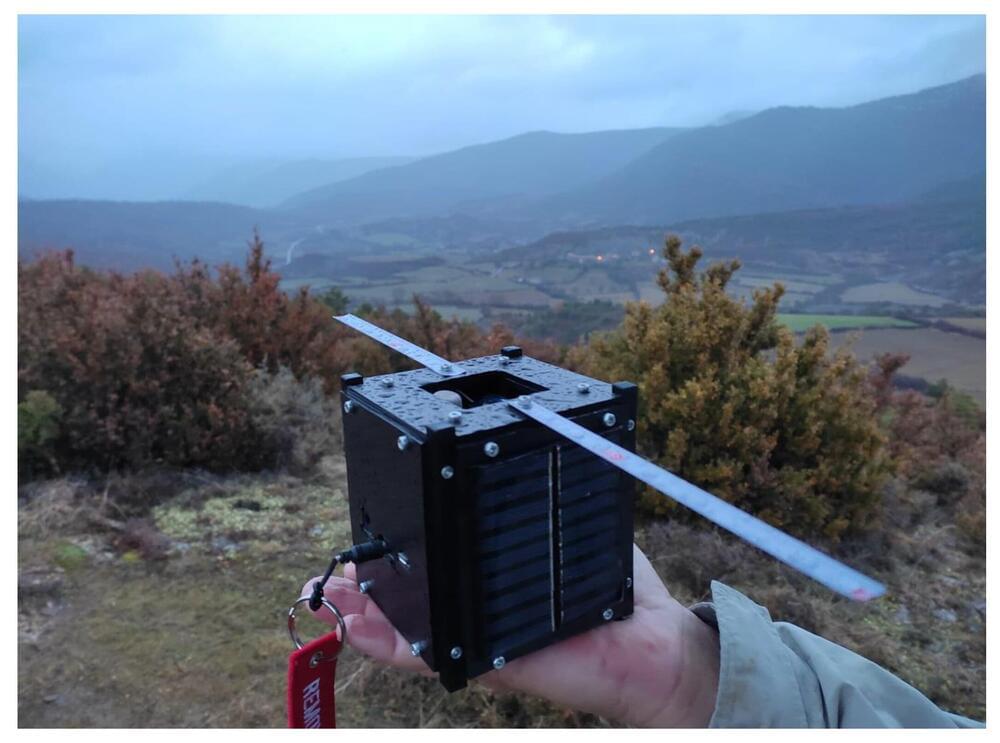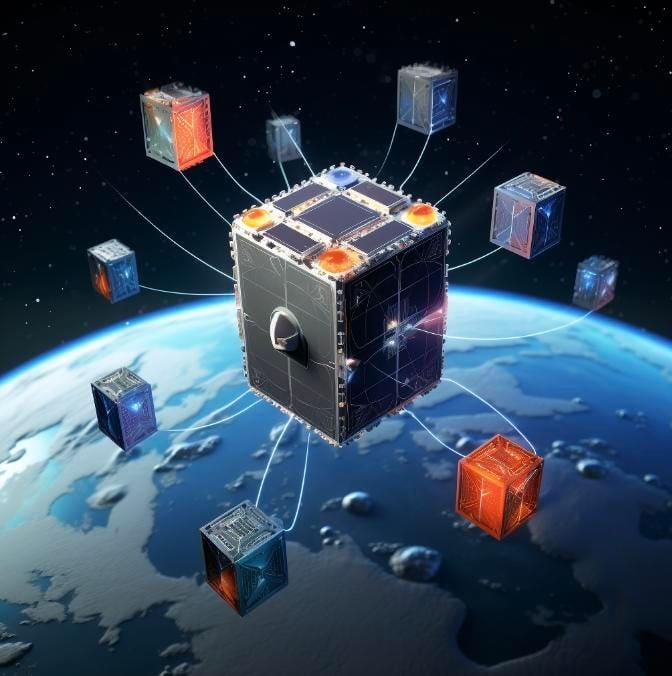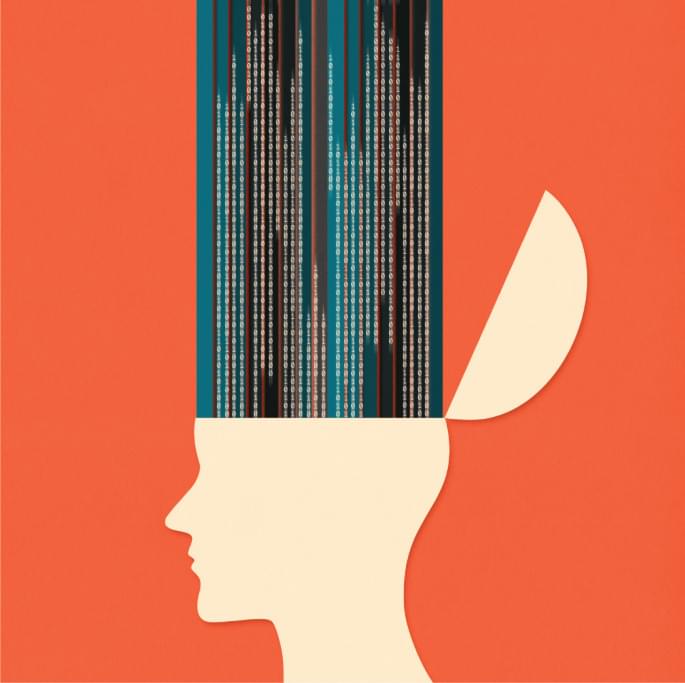Nov 21, 2023
OpenAI Employees Say Firm’s Chief Scientist Has Been Making Strange Spiritual Claims
Posted by Zola Balazs Bekasi in category: robotics/AI
Why does it feel like everybody at OpenAI has lost their mind?
In what’s arguably turning into the hottest AI story of the year, former OpenAI CEO Sam Altman was ousted by the rest of the company’s nonprofit board on Friday, leading to a seemingly endless drama cycle that’s included hundreds of staffers threatening to quit en masse if the board doesn’t reinstate him.
A key character in the spectacle has been OpenAI chief scientist and board member Ilya Sutskever — who, according to The Atlantic, likes to burn effigies and lead ritualistic chants at the company — and appears to have been one of the main drivers behind Altman’s ousting.
